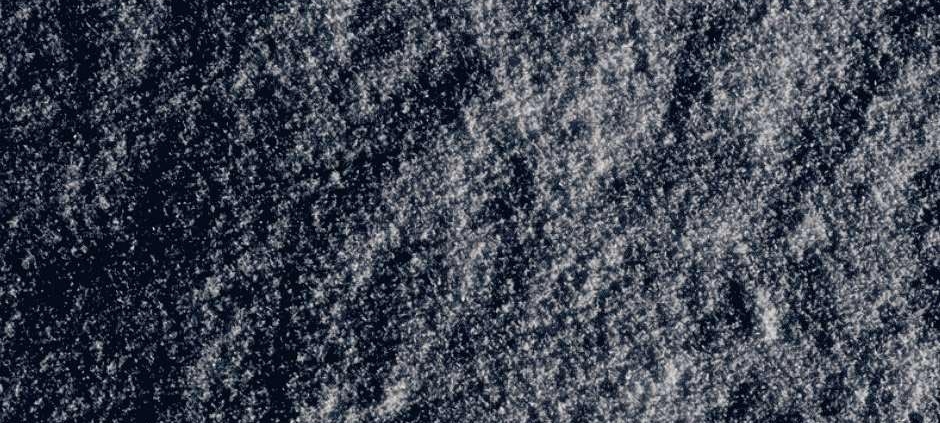Fly Ash in Concrete
Fly ash is a fine powder, a byproduct of burning pulverized coal in electricity-generating power plants, and a pozzolan, or a substance that contains aluminous and siliceous material which forms cement when introduced to water. When mixed properly, fly ash forms a material similar to cement, making it suitable as a building material. When used in a concrete mix, fly ash is known to improve the strength and segregation of concrete, making it easier to pump. Like concrete formwork ties and other materials, fly ash can be an important skill for concrete professionals to understand.
Applications of Fly Ash
A range of cement-based products can be made with fly ash, including poured concrete, concrete block, and brick. One of the most common uses of fly ash is Portland cement concrete pavement, or PCC pavement. This is common in road construction projects, which use a large amount of concrete and therefore are able to save large amounts of money by using fly ash as a substitute. Embankment and mine fill are other common applications of fly ash.
The rate of substitution for fly ash in Portland cement is usually 1 to 1.5 pounds of fly ash for each pound of cement. The amount of fine aggregate in the concrete mix should then be reduced to accommodate the additional volume of the fly ash.
Types of Fly Ash
There are two common types of fly ash: Class F and Class C.
Class F fly ash contains particles coated in a kind of melted glass, which reduces expansion due to sulfate attack that occurs in fertilized soils or near coastal regions. This type is generally low in calcium with a carbon content typically below 5%, though it can reach 10%.
Class C fly ash is also resistant to expansion from chemical attack, but it has a higher percentage of calcium oxide than Class F and is more commonly used in structural concrete. Class C is usually composed of high-calcium fly ashes with a carbon content below 2%.
More than 50% of concrete placed in the US today contains fly ash. Dosage rates vary based on the type of fly ash and its reactivity level. Generally, Class F is used at dosages of 15-25% by mas cementitious material, while Class C is used at dosages of 15-40%.
Benefits of Fly Ash in Concrete
In many markets, fly ash is a cost-effective substitute for Portland cement, as well as being environmentally friendly due to it having a low embodied energy, a measure of how much energy is consumed in producing and shipping a material. It is also a byproduct of another process. Portland cement has a high embodied energy because of the heat required in production and requires more water than fly ash. Fly ash is also easier to use in cold weather.
Other benefits can include the following:
• Various set times
• Cold weather resistance
• High strength gains
• Can be used as an admixture
• Considered a non-shrink material
• Produces dense concrete with a smooth surface and sharp detail
• Good workability
• Reduces heat of hydration
• Fewer problems with cracks, permeability, and bleeding
• Reduced CO2 emissions
• Allows for a lower water-cement ratio in similar slumps
Disadvantages of Fly Ash in Concrete
Smaller builders or those who are housing contractors are often less familiar with fly ash products and will not know their different properties based on where and how it was obtained. Fly ash also faces resistance from many builders because it can effloresce, and many express concerns about freeze/thaw performance.
Other disadvantages include the following:
• Slower strength gain
• Seasonal limitations
• Increased need for air-entraining admixtures
• Increase of salt scaled produced by higher proportions of fly ash
There is also a potential decline in the availability of fly ash in coming years, as coal production decreases due to environmental concerns. This decline will likely vary by region but could lead to a call for alternatives over time. Because fly ash varies in chemical composition, the types of coal production in the future may impact the types of fly ash available for construction purposes. The current gap in supply and demand of fly ash is estimated to be about 25% in the United States, though this may increase over time.
If you’re starting new construction, contact Forming America for all of your concrete shoring and formwork ties requests.




